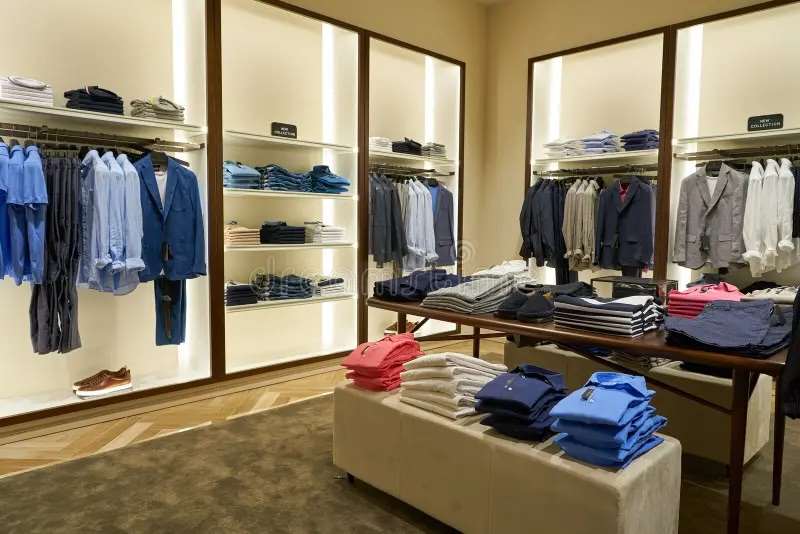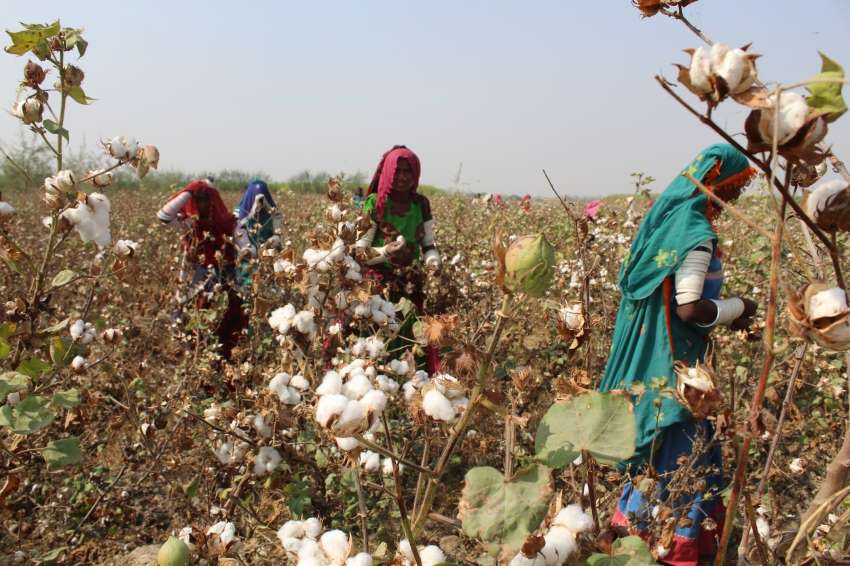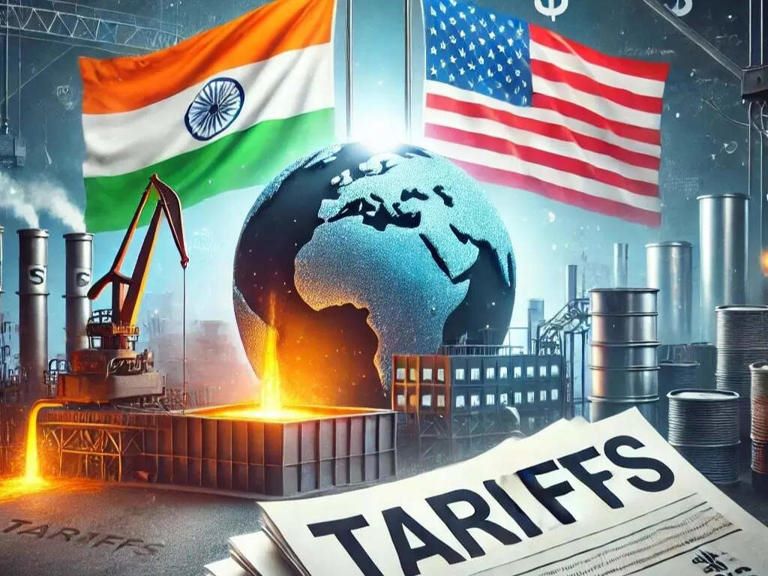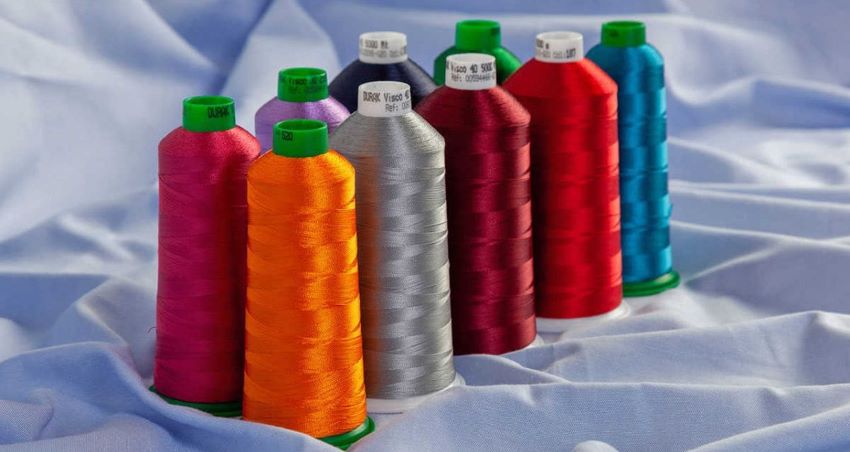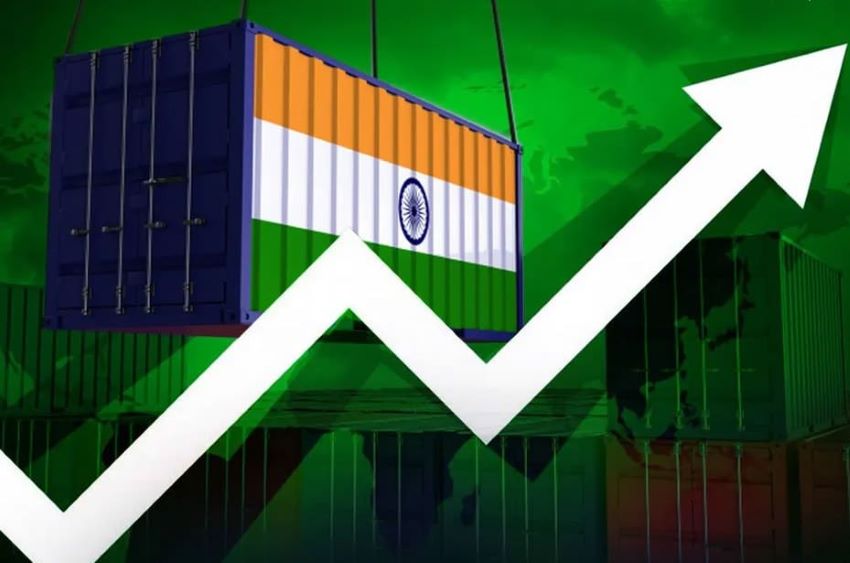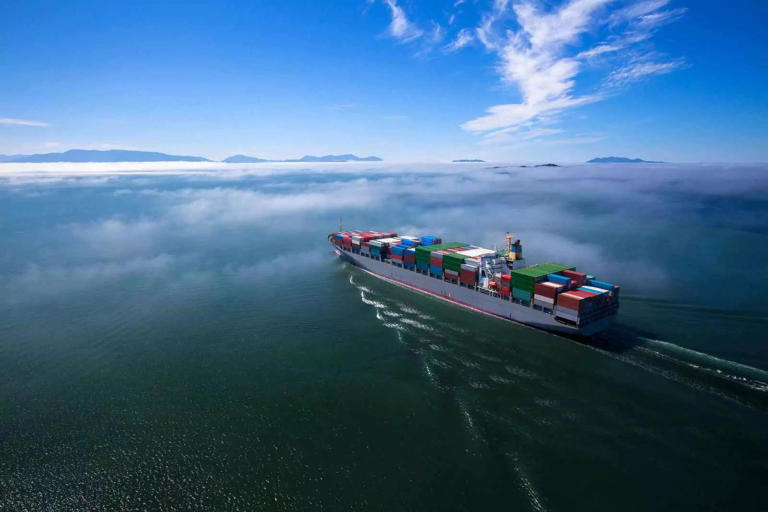FW
Private jute mills in Bangladesh are likely to get the same facilities the government gives state-owned jute mills. Jute mills are going through an acute financial crisis mainly due to a decline in exports of jute goods.
An advisory committee meeting of the Ministry of Textiles and Jute last year decided on sanctioning of fresh working capital for private jute millers, keeping their outstanding loans along with five years’ interest in a blocked account. The interest of five year loans up to June 30, 2014, will be deposited to the blocked account with two years’ moratorium. The advisory committee also urged banks to implement the decisions to keep the sector alive.
Millers also want use of the export development fund in case of import of capital machinery and spare parts and 30 per cent grant to purchase machinery from abroad. Export of jute and jute goods witnessed a 20 per cent drop while raw jute export experienced a decline of 45 per cent. At present, about 212 jute mills are in operation in the country. Of these, 21 are run by the government and the rest by private owners.
Private jute mills say they face a lot of difficulties in getting even simple loans, while state-run mills get various facilities including clearing bank debts, advance bank loan and incentives.
China’s imports of cotton in October were down 42 per cent on the same month last year, and the lowest level since January 2009. October imports fell after harvests in key exporting nations India and the United States were delayed, while importers also had fewer quotas this year to bring in cotton at a lower tariff.
China's cotton imports for the first 10 months of this year were down by 38 per cent. Imports are expected to remain weak in the coming months, with demand from textile mills sluggish and Chinese cotton prices under pressure from a local harvest. The country’s cotton imports in the 2014-15 crop year are expected to fall to a 10-year low, less than half the previous year's total.
China is the world's top consumer of cotton and has driven global demand and prices in recent years. But demand has been hit by an overhaul of Beijing's farmer support policy, which had artificially inflated local prices, making imports more attractive. For importers issued quotas based on a sliding tariff rate, the price differential between overseas and domestic cotton has narrowed to its lowest level since 2011. Full tariffs on non-quota cotton incur duties of 40 per cent.
Bangladesh needs to address the challenges of energy, skilled human resources and poor infrastructure promptly to reach its target of $50 billion apparel export by the end of 2021. Poor infrastructure is the main challenge to the growth of the country’s exports apart from a shortage of electricity and gas.
A high cost of production, high bank interest rates and lack of trained human resources are some other challenges to achieving the target for 2021. After the fires at Tazreen Fashions and Rana Plaza building collapse, the cost of production has increased significantly, but retailers still do not pay higher prices for apparel items. Although Accord and Alliance have inspected the factories, they did not approach any retailer to increase the volume of work orders from factories housed in shared buildings.
Both Accord and Alliance will continue inspecting factory buildings till June 2018, but it’s doubtful whether the workplace safety programs will continue after the departure of the agencies. After completing the inspection of more than 1,100 factories, Accord made a recommendation to close 25 factories. It’s felt a mechanism should be adopted by the government and the Bangladesh Knitwear Manufacturers and Exporters Association to take responsibility for monitoring the factory buildings after the departure of the agencies.
Kenya plans to set up special economic zones to woo global textile and apparel firms to look at the country as a manufacturing hub. Kenya wants to be the preferred gateway to Africa for foreign investors and home to a thriving army of local entrepreneurs. The country is now sub-Saharan Africa's largest apparel exporter to the US under the African Growth and Opportunity Act, having exported 83 million pieces.
Kenya Vision 2030 seeks to transform the country into an upper middle income economy driven by industrialization. To lower the cost of doing business, the government has put in place an elaborate program to make the business sector more productive and globally competitive. The textile and clothing sector, with a potential to create 2,00,000 jobs in the next two years, is a key priority area which the government has targeted for job creation.
Some of the initiatives include: 40-month program to inject over 5,000 mw electricity into the national grid, reducing the cost of power by over 40 per cent by end of this calendar year, fast tracking the Standard Gauge Railway project, and building the 10,000 km road infrastructure through an innovative financing model.
Seamless knitting machinery manufacturer Santoni has modernised its range of circular knitting machines. The Italian company is ready to roll out the SM8 TOP2V machine, which supersedes the current SM8 TOP2 model.
The SM8 TOP2V is an electronic single jersey circular machine with eight feeds and two selection points per feed. The machine is designed for the production of single jersey seamless garments for underwear, outerwear, beachwear, sportswear and sanitary wear.
This is a conceptually new machine that is provided with numerous exclusive patents. It offers exceptional productivity, on an average 30 per cent higher than the current model, and is energy efficient. It’s user-friendly, with newly developed strategic knitting parts such as the yarn fingers group and new sinker cap for top quality wool and natural yarn plating, so that an improved final product fabric quality can be obtained. The very latest materials are used in the construction of the SM8 TOP2V. Materials such as carbon fiber are employed to reduce movement of parts and lower consumption.
Santoni was founded in 1919. It has become a frontrunner in the production of electronic knitting machines for garments without seams. It meets 97 per cent of the worldwide demand for seamless machines, which are used in various sectors of the garment industry including underwear, sportswear, beachwear, outerwear and medical garments.
www.santoni.com/
A compact cotton yarn manufacturing company will be set up on 40 bighas of land in Habiganj, Bangladesh in the next one and a half years. The new venture, Far East Spinning Industries, will be the first company that will completely manufacture compact yarn. It will have 25,000 spindles with a production capacity of 14 tonnes of high quality yarn per day.
Compact yarn is a value-added product that reduces dyeing, finishing and processing costs for manufacturing finished readymade garments. Time and use of water for dyeing of compact yarn will also be much lower, which, in turn, will reduce production costs. Value addition in the finished product will also be higher.
Construction work will start in January, while the state-of-the-art machinery from Germany will come in November 2015. Commercial production is expected to start in June 2016. The products will be sold in both domestic and foreign markets. A green project it will use solar energy and rain water.
Right now there are many yarn manufacturers in Bangladesh but they produce compact yarn on a limited scale. They utilise around 10 per cent of their capacity for manufacturing compact yarn.
The Indian Cotton Textile Show took place in Dubai on November 16 and 17, 2014. This was meant to serve as a platform to bring together textile buyers and sellers. Buyer turnout from the UAE constituted nearly 41.9 per cent in cotton textiles, 33.8 per cent in cotton fabrics, 10 per cent in cotton made-ups, and eight per cent in cotton yarns.
The event focused on one to one prefixed meetings and showcased India's finest cotton products. UAE is an upcoming market for India in terms of textile and textile products. The Indian consulate in Dubai will support Indian trade and exhibition in conducting many such industry-specific events in 2015.
The event was organised by the Cotton Textile Export Promotion Council. Texprocil has been the international face of cotton textiles from India, facilitating exports worldwide. It has a membership base of about 3,500 companies spread across major textile clusters in India. These are well established manufacturers and exporters of cotton textile products like cotton yarn, fabrics and home textiles.
Due to good economic environment and fair trade practices the Gulf countries are becoming the world’s leading textile manufacturing and trading centers. By 2016, the UAE is expected to be the world’s leading high end textile and garment re-export center.
South Korea and China have signed a bilateral free trade agreement. South Korea feels this would boost the country's clothing exports if China opens its clothing market at zero duty. China is South Korea's biggest export market, accounting for 26 per cent of its exports and around 11 per cent of GDP. Given that scale, an acceleration in export growth to China could deliver a large boost to South Korea's economy.
But in case Korea offers zero duty to Chinese apparel, the impact would not be very significant since an existing Korea-Asean free trade agreement already grants zero duties to apparel imports from Southeast Asia. Chinese import duties for South Korean apparel currently average 15.9 per cent.
The agreement should be effective in 2015. It will remove or reduce barriers of trade and investment between the two countries. The pact, which had been negotiated for more than two years, covers 17 areas including online commerce and government purchasing. China is the world's largest exporter and South Korea is ranked seventh.
While South Korea is expected to benefit the most from the deal, tariff reductions will only be in phases, with some tariffs on exports set to be lifted only in 20 years’ time. So prospects for Korea's exports will depend far more heavily on the performance of its main trading partners.
Garment manufacturers in Bangladesh used to buy fabrics and yarn from domestic suppliers. But now they are increasingly sourcing their raw materials from abroad. The reason: prices of domestic fabrics have gone up. As a result, production capacity of local textile mills remain unutilized.
Readymade garment units have been increasingly turning to other destinations, such as China and India, for sourcing. After the declaration of one-step GSP (generalised system of preferences) by the European Union, local readymade garment owners got the right to purchase cotton and cloth from any destination at competitive prices. Mills in Bangladesh which increased their production capacity following tremendous export growth in the financial year 2010-11 are the worst victims of the present situation.
Relaxation of rules of origin by the EU and low pressure of gas and electricity and some other bottlenecks have pushed up production cost of local fabrics and put the local millers in an uncertain situation. A considerable number of small and medium textile mills are facing the threat of closure.
Bangladesh achieved over 40 per cent export growth in the readymade garment sector in 2010-11 but due to global economic meltdown and the euro zone crisis, the sector could not maintain continuity and made only a marginal growth.
The Interfiliѐre New York fabric show took place on September 23. The event was hosted by Eurovet and Invista. The show was packed with fabric collections from around the world and valuable strategic information designed to service the North American market. The offerings presented a geographically balanced cross section of the best mills in Europe, Asia and America. New this year was the presence of manufacturers from North and South America servicing the local intimate apparel, swim wear and active wear market. There were large multi store retailers as well as upcoming designer brands.
Production managers, merchandisers and designers used the chance to initiate technical discussions and revisit sourcing techniques. Exhibitors were able to meet numerous new brands. The audience was challenged to rethink how brands market their lines, how they have to embrace product innovation for the customer who buys only in season and on the spur of the moment.
The show is a local event for companies that cannot send large production and design teams to Interfilière in Paris. Designers, fabric experts, research and development experts sat down with mills and manufacturers of accessories and print designers to discuss and prepare their next collections.
Eurovet is a leading trade show organizer for lingerie and swim wear.
www.interfiliere.com/

